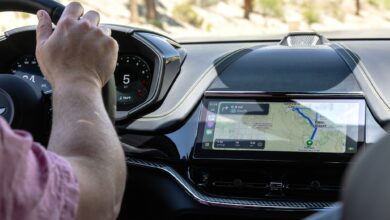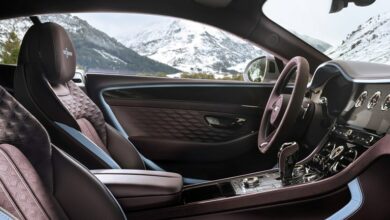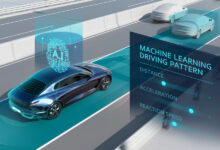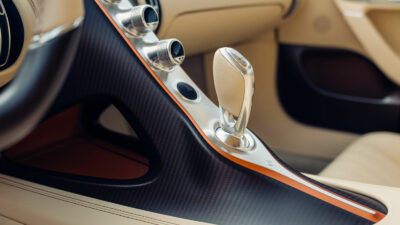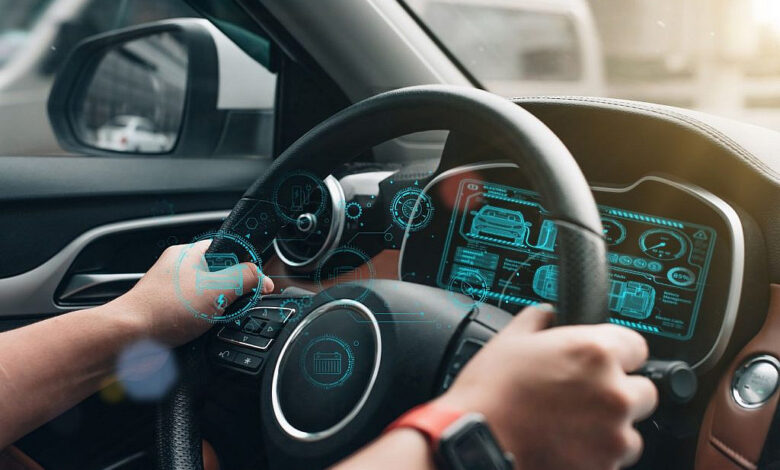
For decades, the only place drivers looked for information was the dashboard. Today, that’s changing — fast. Heads-Up Displays (HUDs) are transforming the driving experience by projecting key data directly onto the windshield, letting drivers keep their eyes on the road while staying fully informed.
Originally developed for fighter jets, HUDs made their way into luxury vehicles in the early 2000s. Back then, they were simple: speed and cruise control in basic green text. Fast forward to 2025, and HUDs now offer full-color graphics, lane guidance, adaptive cruise indicators, and augmented reality overlays.
Brands like BMW and Mercedes-Benz are leading the charge. Their systems project navigation prompts, hazard alerts, and even pedestrian warnings in real-time, all layered onto your view of the road ahead. Augmented reality HUDs are especially impressive — imagine arrows guiding you through traffic as if floating in the air. It’s not the future. It’s now.
Why does this matter? Because driver focus equals safety. Every glance away from the road is a second of risk. With HUDs, vital information is delivered at a glance, improving reaction time and reducing distraction. It’s especially helpful at night or during poor weather, when visibility is limited.
And this tech isn’t just for the luxury crowd anymore. Mid-range models from Hyundai, Kia, and Mazda now offer simplified HUDs, proving it’s becoming a mainstream feature.
As cars get smarter, the HUD is evolving from a gimmick to a must-have interface. It’s intuitive, practical, and future-proof — especially as vehicles inch toward autonomy. For CarBook readers, it’s time to stop thinking of the HUD as a novelty. It’s your car’s smartest display, and it’s only getting smarter.

